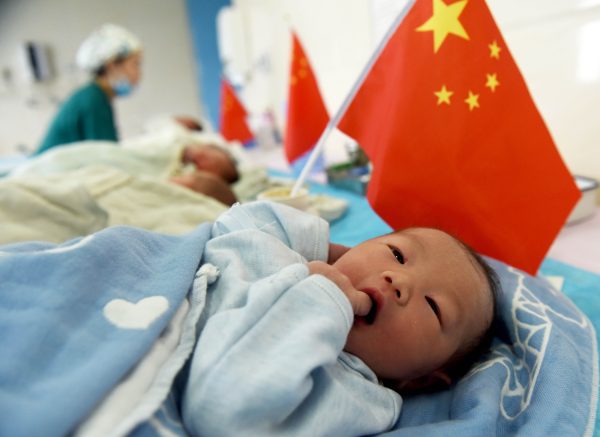China’s latest population statistics release has shown a second straight year of decline. University of Michigan social demographer Yun Zhou and Chinese politics specialist Mary Gallagher explore the causes of the decline and its effects on China’s economy.

China announces population decline for second year in a row (Photo: Google)
Navigating China’s Changing Demographics
The Chinese population has declined for the second year in a row. This decline is due to 0.54 million fewer births than last year. Increased fatalities also add to the drop. Official fatalities may not wholly reflect COVID-19’s effect, raising concerns. Reversal is difficult due to persistent fertility decline, a pattern prevalent in low-fertility nations.
Mechanically, fewer infants are born when fertility drops, reducing childbearing-aged individuals. Social norms concerning family values and optimal child numbers also contribute. Both causes reduce fertility in China.
Gallagher: Rapid economic growth, social change, and the one-child policy contribute to China’s low fertility rate. Workplace rules, particularly discrimination against mothers with multiple children, discourage many children. Pessimism regarding the future is specific to Chinese youth, probably due to governmental control, strained foreign ties, and economic developments.
Gallagher: Population decreases may lower production. A well-trained workforce in high-level services and capital-intensive industries may keep an aging population productive. Policymakers should use the chance to move toward a service-oriented, tech-heavy economy. The key is investing in working people’s health and abilities, regardless of age.
READ ALSO: Lai’s Success Hinges On US-China Dynamics, Says Expert
Societal Norms, Regional Dynamics, and the Future of China’s Demographics
Zhou: Like worries in the US and Europe, population-decreased fears in China may promote undesirable social and political agendas. Low birth rates in China are linked to patriarchal family values. Birth incentives might encourage gender stereotypes, expecting women to be husbands and mothers.
Zhou: Fertility, mortality, and demography vary widely in China, despite its monolithic image. Birth rates are more significant in provinces with more poverty, ethnic minorities, and rural populations. Understanding regional dynamics is essential to understanding social inequality and its effects on China’s social and economic agenda, such as Xi’s “Common Prosperity” plan.
Finally, demographic trends, societal norms, economic factors, and political agendas interact to explain China’s population decline. As the country grapples with these difficulties, sophisticated and region-specific policies will be necessary for tackling the numerous consequences of a changing demographic picture.
READ ALSO: Navigating Big Power Rivalry: Asean’s Playbook In Managing US-China Tensions

















































